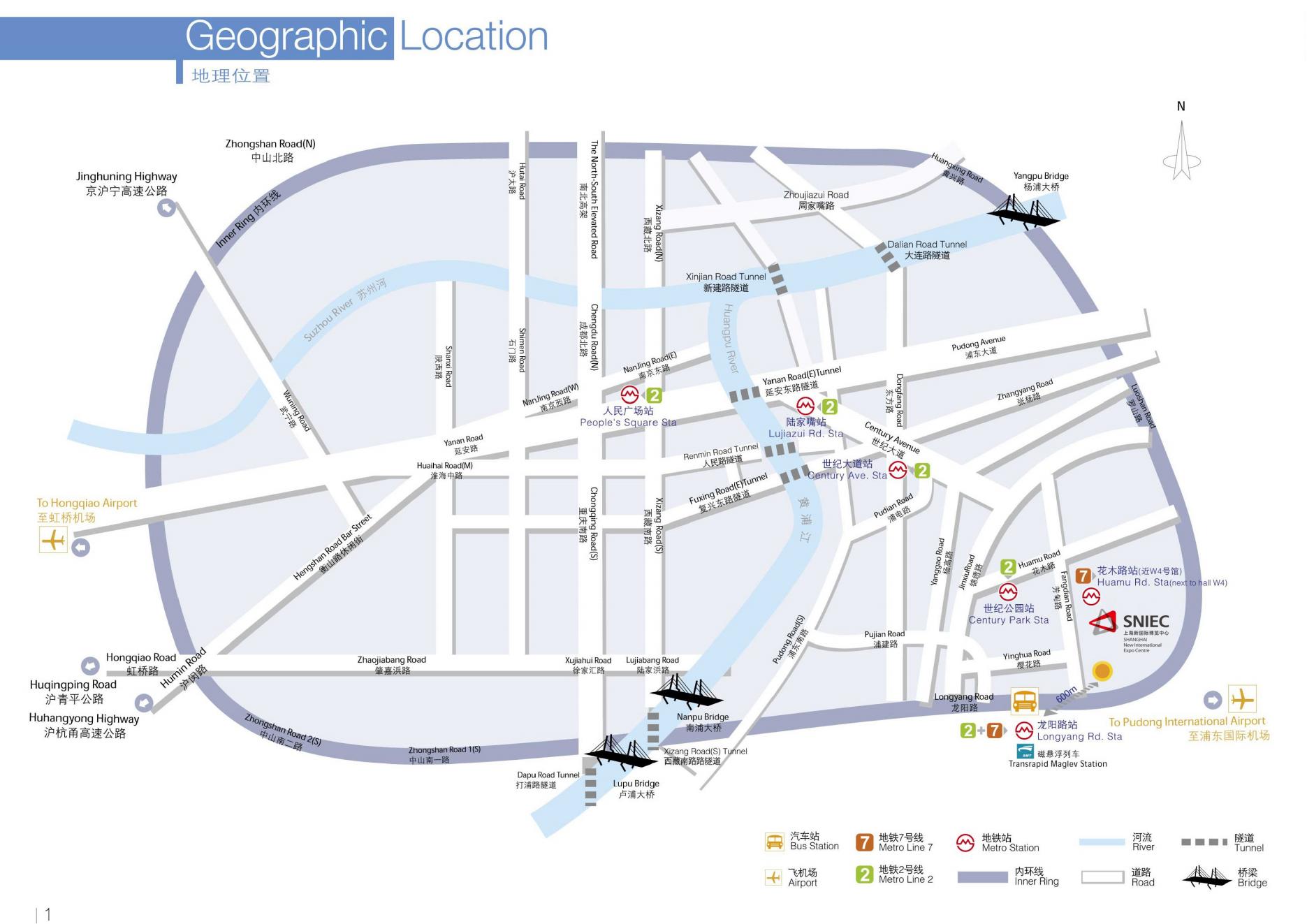Recently, Google announced that its Android "Find My Device" network will usher in important improvements, saying that its speed is four times faster than before. According to 9to5Google, this update not only includes increased speed, but also plans to introduce ultra-wideband (UWB) technology.
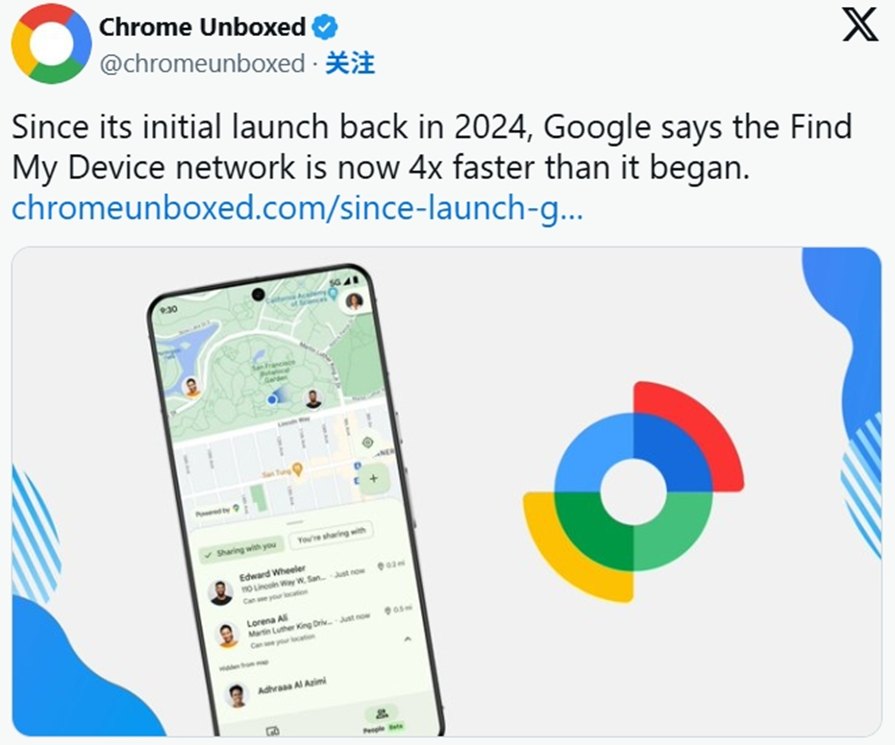
Google has not yet confirmed the specific launch date of UWB, but the industry believes that the feature may be highlighted at the 2025 Google I/O Developer Conference scheduled for May 20.
Positioning speed is about four times faster
Google made a major upgrade to Android's "Find My Device" network last year, improving support for third-party trackers and offline location access.
Earlier this month, the Android Authority team found references to the precise location tracking protocol in the latest Android version of the "Find My Device" application, which also exists in all products of Apple AirTag and Google Pixel 9 Pro.
Android product manager Angela Hsiao said in an interview with The Verge that UWB technology will soon be added to the "Find My Device" feature. UWB will allow users to track lost devices more accurately, change the way users interact with their devices, and make retrieval not only faster but also more intuitive.
Hsiao added that Google's internal testing shows that the network locates items about four times faster than when the major upgrade was launched in 2024. Although it has not yet completely caught up with Apple, the technology is continuing to improve.
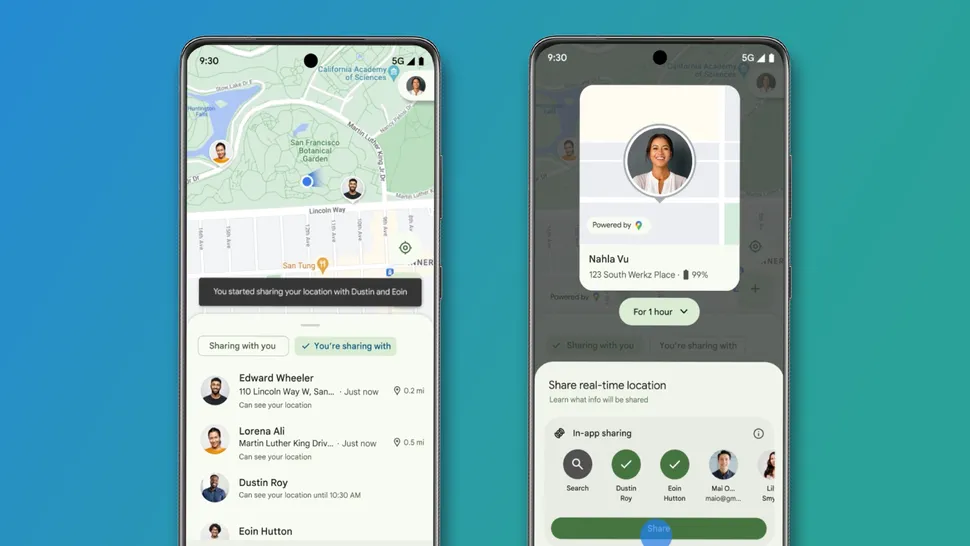
The Verge conducted a comprehensive test of the "Find My Device" network and found that Google's technology has performed as well as Apple in crowded areas, but in remote areas, coverage and tracking time still need to be improved, depending on the tracker used and the specific scenario.
It is understood that Google's "Find My Device" network operates differently from Apple by default, using Bluetooth signals from a large number of participating Android devices (Android 9 and above) to crowdsource the location of lost phones, tablets and compatible trackers.
The network prioritizes user privacy and usually aggregates location data from multiple nearby Android phones before displaying an estimated area, rather than relying on reports from a single device. This protects the anonymity of bystanders using mobile phones to locate devices, but may result in slower updates or less accurate positioning range, especially for moving objects or sparsely populated areas.
The first UWB tracker launched for Google's network
The inclusion of UWB depends on hardware support from the phone and the tracker itself. Although the inclusion of Qualcomm Snapdragon 8 Elite SoC may promote its application in future Android flagship phones, current mobile phone support is inconsistent.
It is understood that in addition to Apple, there are many flagship models on the market, including Samsung Galaxy S25, Google UltraPixel6 Pro, Pixel7 Pro, Pixel8 Pro, Huawei Mate XT, and Mate 70 RS, which are already equipped with UWB technology.
In terms of accessories, some tracking devices also support UWB, such as Apple AirTag and Galaxy Smart Tag 2. In addition, Motorola's Moto Tag is the first tracker equipped with UWB hardware specifically launched for the Google network.
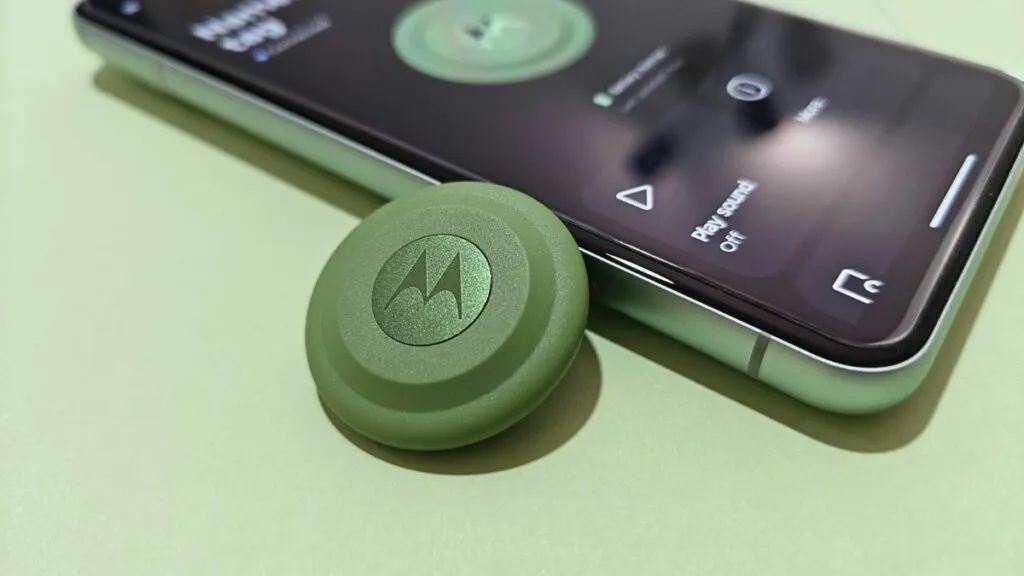
The latest news shows that Moto Tag has officially landed in India recently, using UWB chipsets and low-power Bluetooth (BLE) technology with an effective range of up to 100 meters.
The device supports Bluetooth 5.4 protocol, is compatible with devices running Android 9 or higher, and can be used with Google's "Find My Device" network. It is priced at 2299 rupees (about 197 yuan) and will be available through Flipkart and Moto India's official website.
However, its UWB function will still not be available until Google activates network support.
Meanwhile, trackers that brands such as Pebblebee and Chipolo have been offering since the early launch of Google's network rely solely on Bluetooth for network searches.
At present, Google has not launched its own brand tracker similar to Apple AirTag, but there are rumors that Google may be developing it.
This paper is from Ulink Media, Shenzhen, China, the organizer of IOTE EXPO (IoT Expo in China)











